Understanding your stock is an imperative inventory management skill. Whether you are dealing with a multinational business venture with dozens of warehouses or a startup company with a basic storage house, having a clear visibility into your commodity workflows is essential. However, keeping tabs of all your stock across your numerous storage areas can be incredibly challenging.
Trivial mishaps in your inventory workflow can trigger a downward spiral for your venture, thus, an outstanding stock tracking system is paramount. If you are looking for a powerful tool to help you comprehend your assets by initiating perfect stock recording capabilities and eradicating dozens of common warehouse problems, you may want to consider an inventory management form.
Although seemingly basic, an inventory management form is a surprisingly complex business tool. To give you a comprehensive sneak peek at the dynamics of this incredible stock management tool and help you design it, here is an informative guide to creating an inventory form.
- What Is an Inventory Form Part 1
- Step-by-Step Guide to Creating an Inventory Form Part 2
- Essential Components to Include in an Inventory Form Part 3
- Basic Principles When Creating an Inventory Form Part 4
- Sample Inventory Sheet Part 5
Part 1
What Is an Inventory Form?
An inventory form is a powerful business document that provides a place to systematically record all the commodities in your warehouse. Considered an integral element of the supply chain, this incredible template captures stock inflow and outflow.
Additionally, an inventory form includes the exact storage locations for your entire stock. While knowing where to find each item is important, especially when operating multiple warehouses, an impressively catalogued stock record will significantly improve your procurement department by enhancing storage decisions. An inventory form offers a comprehensive stock list, including a brief description of each commodity in terms of perishability, fragility or sensitivity, thus enhancing proper storage.
This document will help you understand of the worth of your merchandise as well.
ProsperForms – inventory information management software. Get Started Now
Part 2
Step-by-Step Guide to Creating an Inventory Form Using an Excel Spreadsheet
Using MS Excel, you can effortlessly develop a superb inventory template that will serve you as well as the ones offered by service providers.
- First, launch an Excel application — when the program opens, locate the “new file” option on the menu bar and click on it.
- A list of various templates will open in a new window. Click on the “inventory template” option.
- After selecting the above option, multiple inventory options will appear. Scroll through the suggestions and choose the one that best fits your unique business scenario.
- After choosing your template, download it and save it under your business’s name. While you can assign any name to your form, naming it with your organization’s venture details simplifies retrieval.
You can fill in the form as commodities trickle in and out.
Besides saving on expenditures, here are some reasons why Excel is a good choice to design inventory forms.
- Excel offers great organization capabilities, with purchases and records meticulously captured under explicit rows. This breeds an incredible eye-catching form which helps streamline the recording process.
- Excel provides tolerance for few inventory entries, making it a perfect choice for small-scale business ventures.
- Excel is designed with multiple sophisticated inventory formulas, which are useful when conducting the analysis.
Part 3
Essential Components to Include in an Inventory Form
An inventory form is a comprehensive business document that provides an excellent avenue for systematically recording your organization’s stock. Comprised of multiple sections, this incredible tool is a must-have for both small- and large-scale ventures.
While an outstanding outline is one of the most critical stages of creating this incredible template, subsequent stages are usually easier. To develop a comprehensive and reliable inventory form, you must have a clear understanding of the information to include. With an exquisite outline and a comprehensive knowledge of the key components of an inventory form, the rest is simple.
A typical inventory template highlights many aspects, including:
- Name of the product
- Internally assigned code of the product
- Name of the warehouse in which the commodity is stored and its location within the storage house
- Brief description of the product highlighting its category, family, and class
- Storage regulations for each product
- Wholesale cost of products
- Your goods’ vending prices
- The quantity of available products under a similar category
- Manufacturer’s details and contact information
- Delivery details of each product
- Photo of the product (optional)
ProsperForms – inventory information management software. Get Started Now
Part 4
Basic Principles When Creating an Inventory Form
You now have an accurate understanding of how to create an inventory form. However, if you want to design an impressive and reliable template, there are several codes of conduct you must observe.
Basic principles of an inventory form include:
-
Excellent Planning
Besides featuring an incredibly comprehensive database, a superb inventory form should be designed so that all relevant aspects of stock management seamlessly connect. A typical inventory template should provide updates on the level of your warehouse stock and guidance on how to locate a specific product among the thousands available. Additionally, the document should integrate metrics relevant for other inventory management facets, like marketing.
Thus, when developing your form, make it as dynamic as possible to capture key aspects of inventory management. -
Ensure Accurate Recording of Inventory
An inventory form is an entry tool that assumes and works along with your inputs. To avoid errors while recording, it is important to countercheck each entry before formulating the final template.
Since accurately capturing inflowing and outflowing stock can be incredibly overwhelming, especially when dealing with multiple warehouses, consider attaching purchase or sales receipts.
Other Best Practices Include:
- Excellent categorization of your stock to avoid confusion
- Drafting product descriptions using simple, clear and concise phrases
- Formulating a standard recording procedure to ensure consistency across all warehouses
ProsperForms – inventory information management software. Get Started Now
Part 5
Sample Inventory Sheet
Now you have all the insights you need to create and integrate an inventory form in your organization. However, if you are unsure where each element should go, see below for a sample inventory sheet.
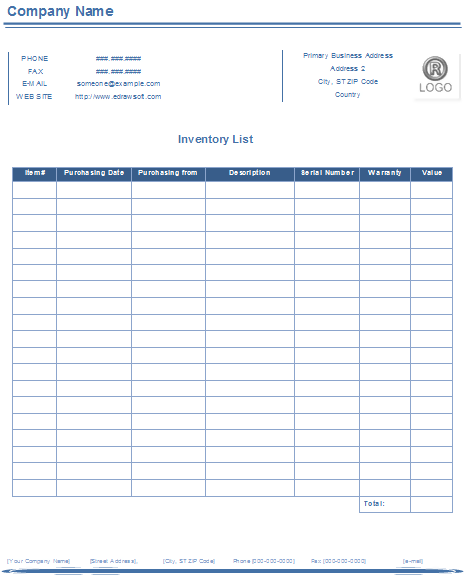
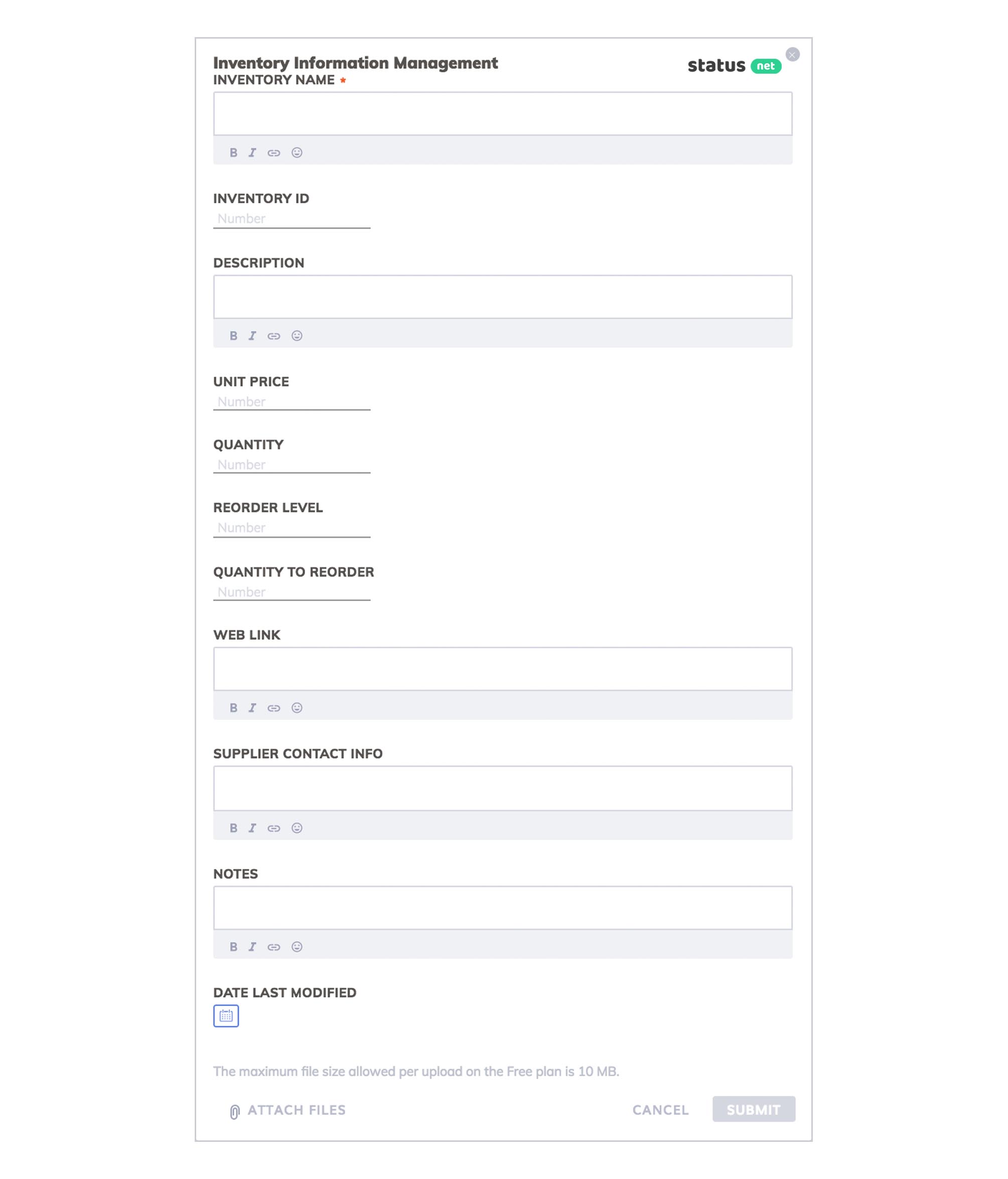

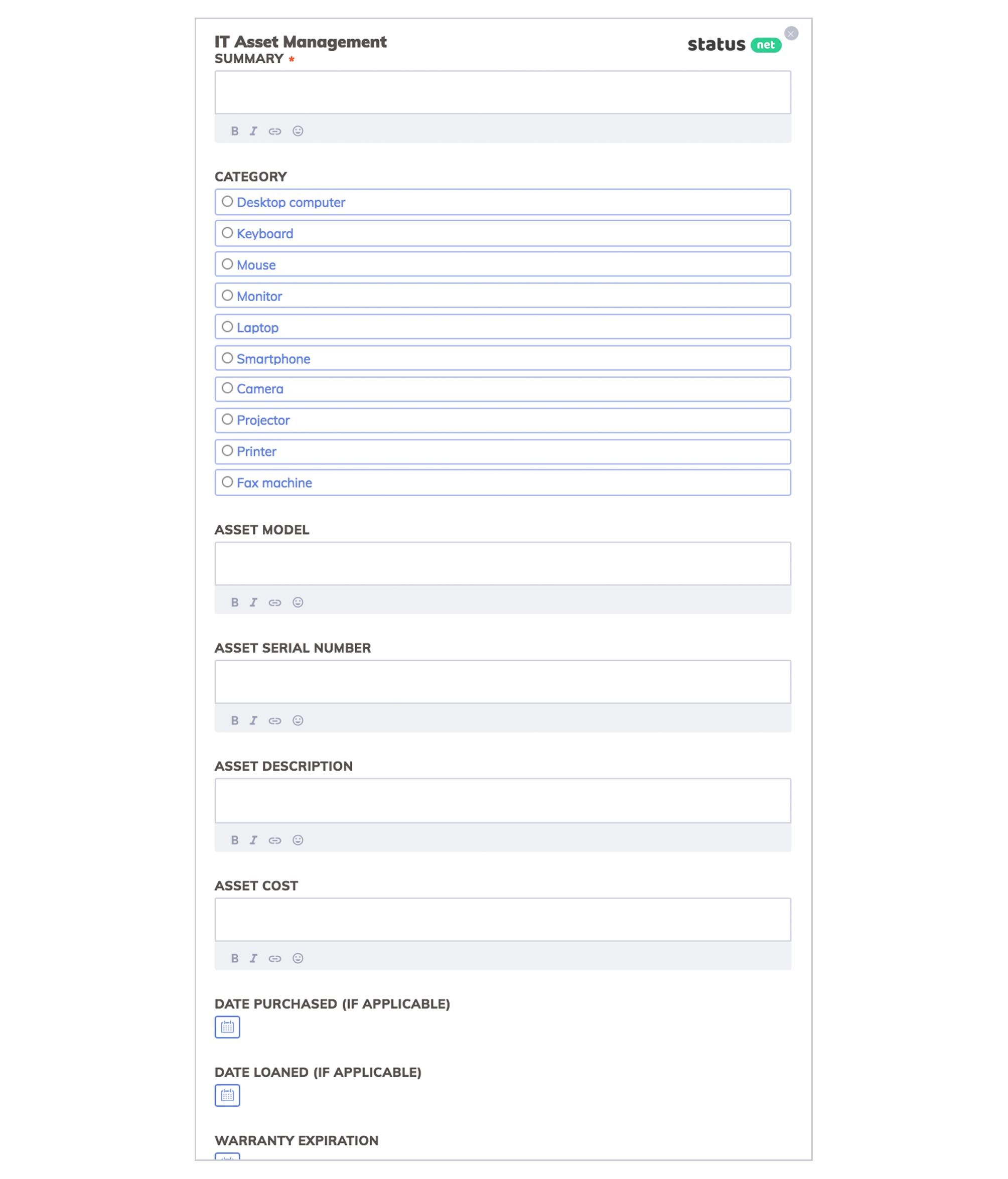
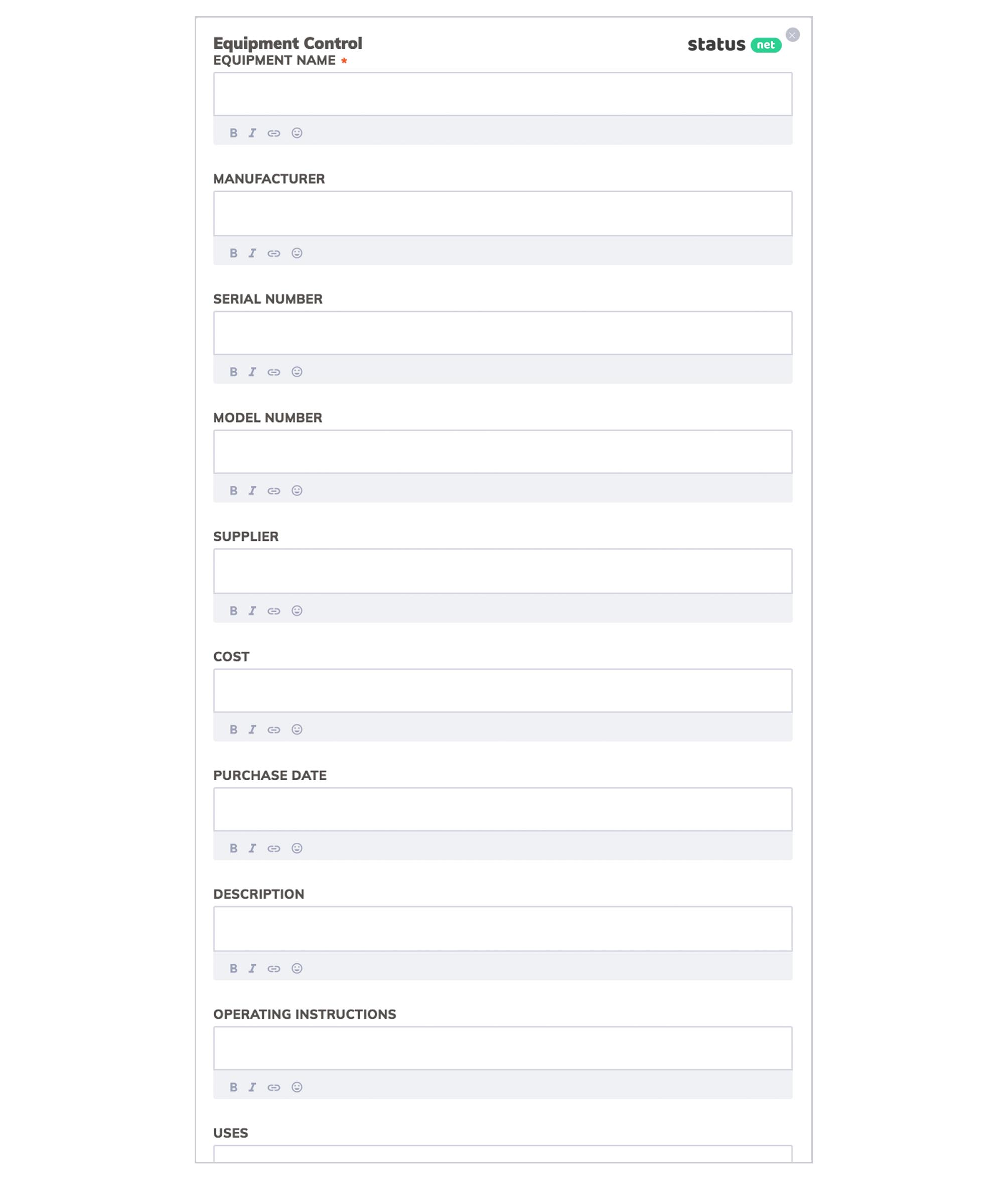
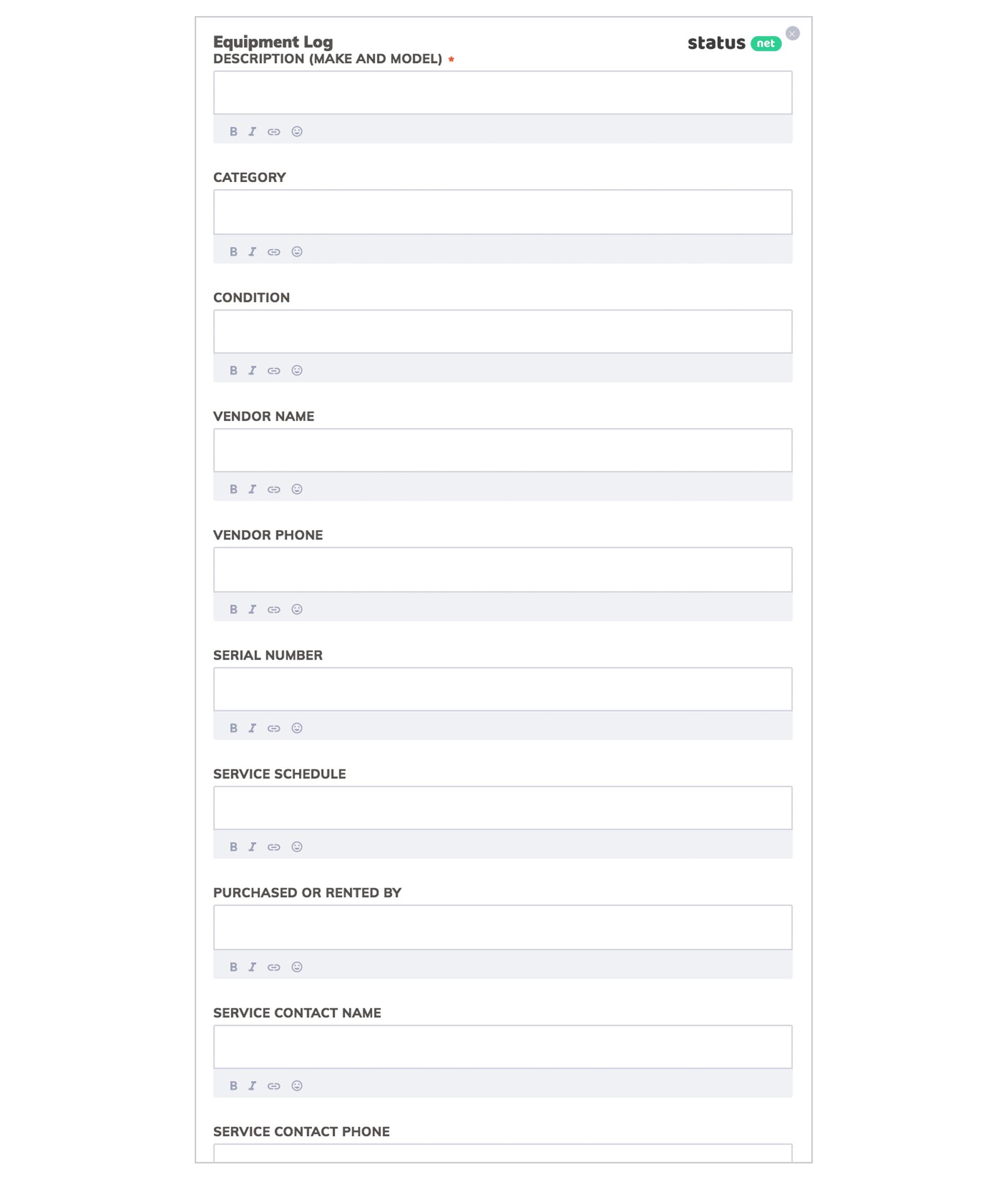
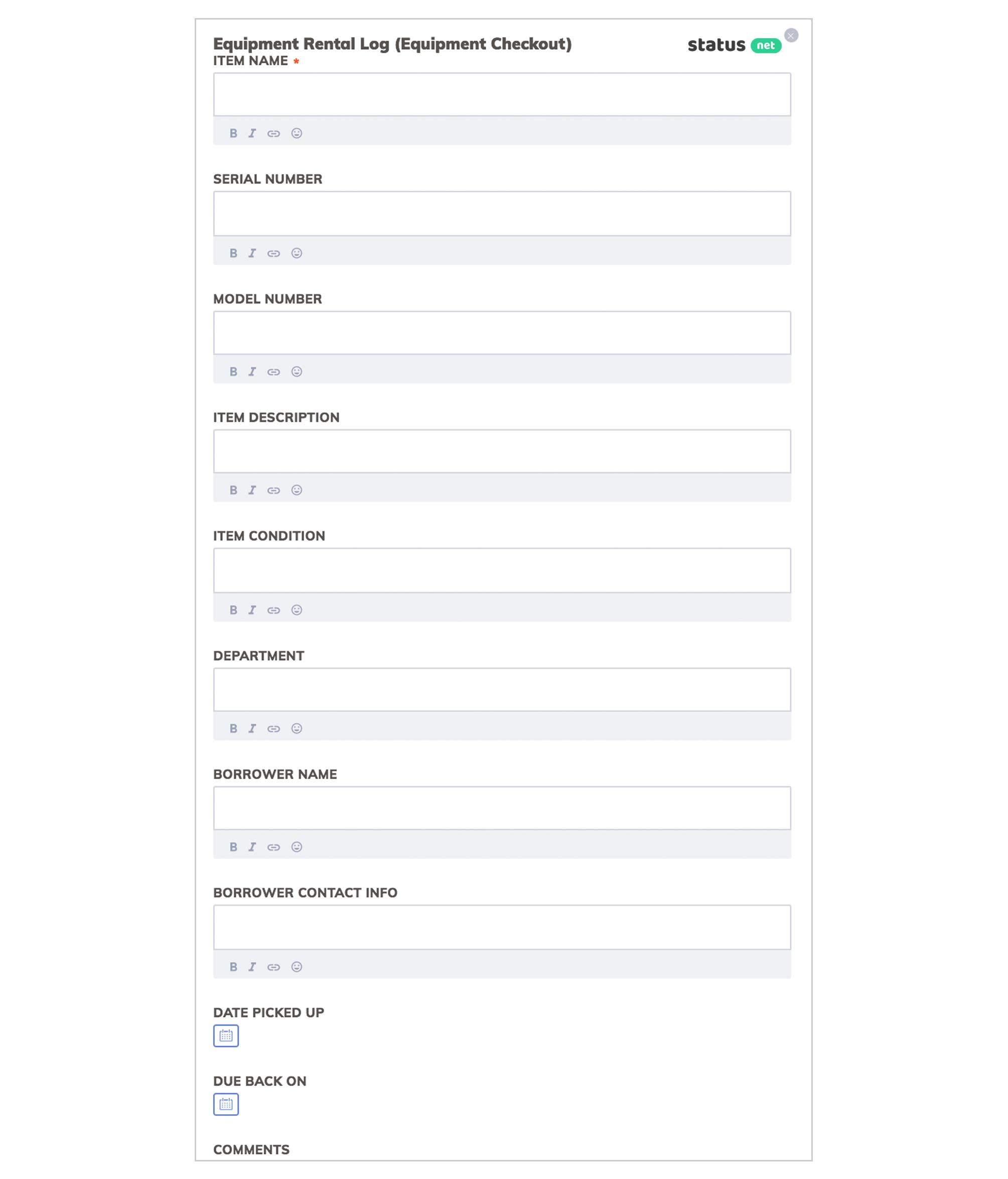
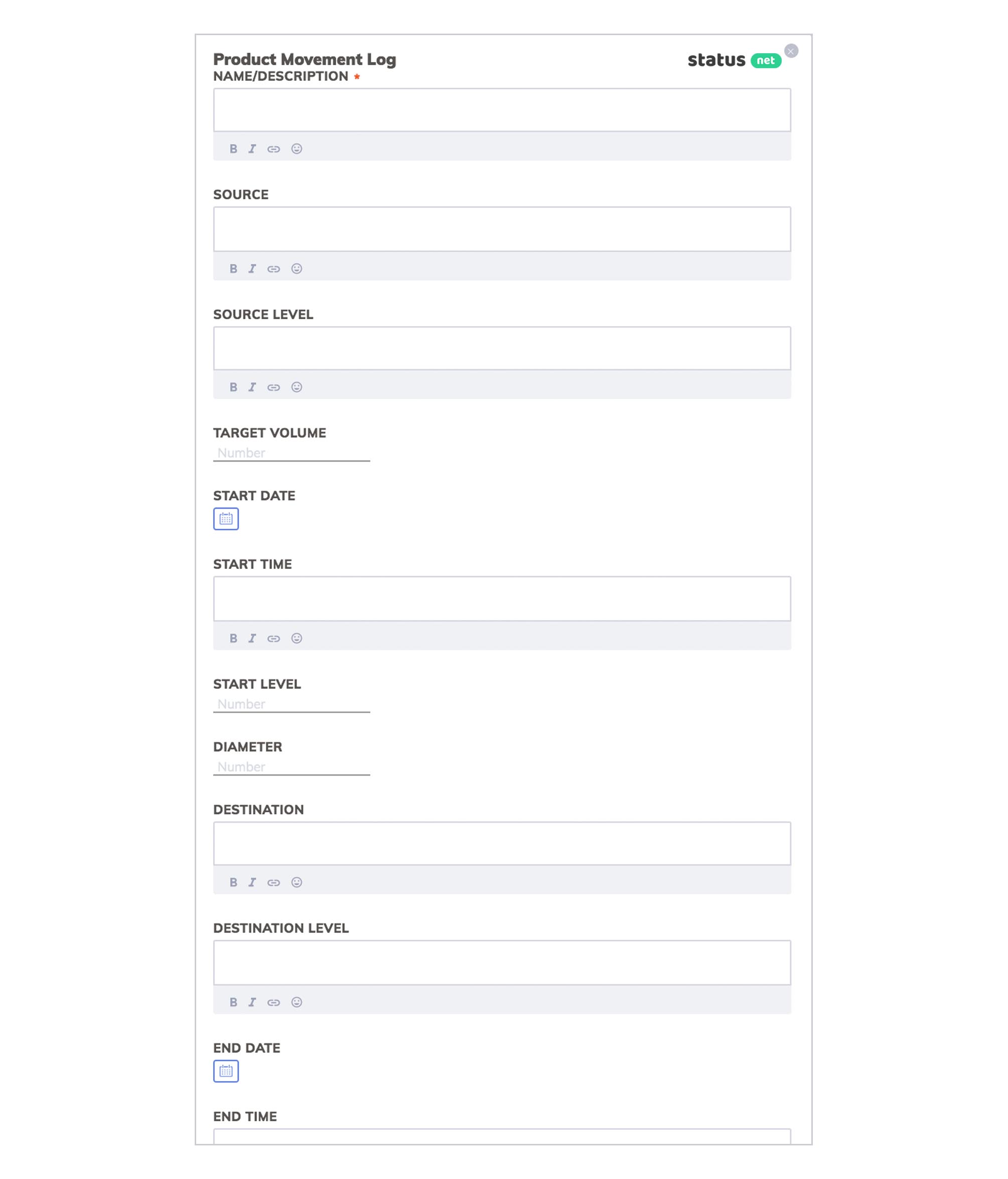
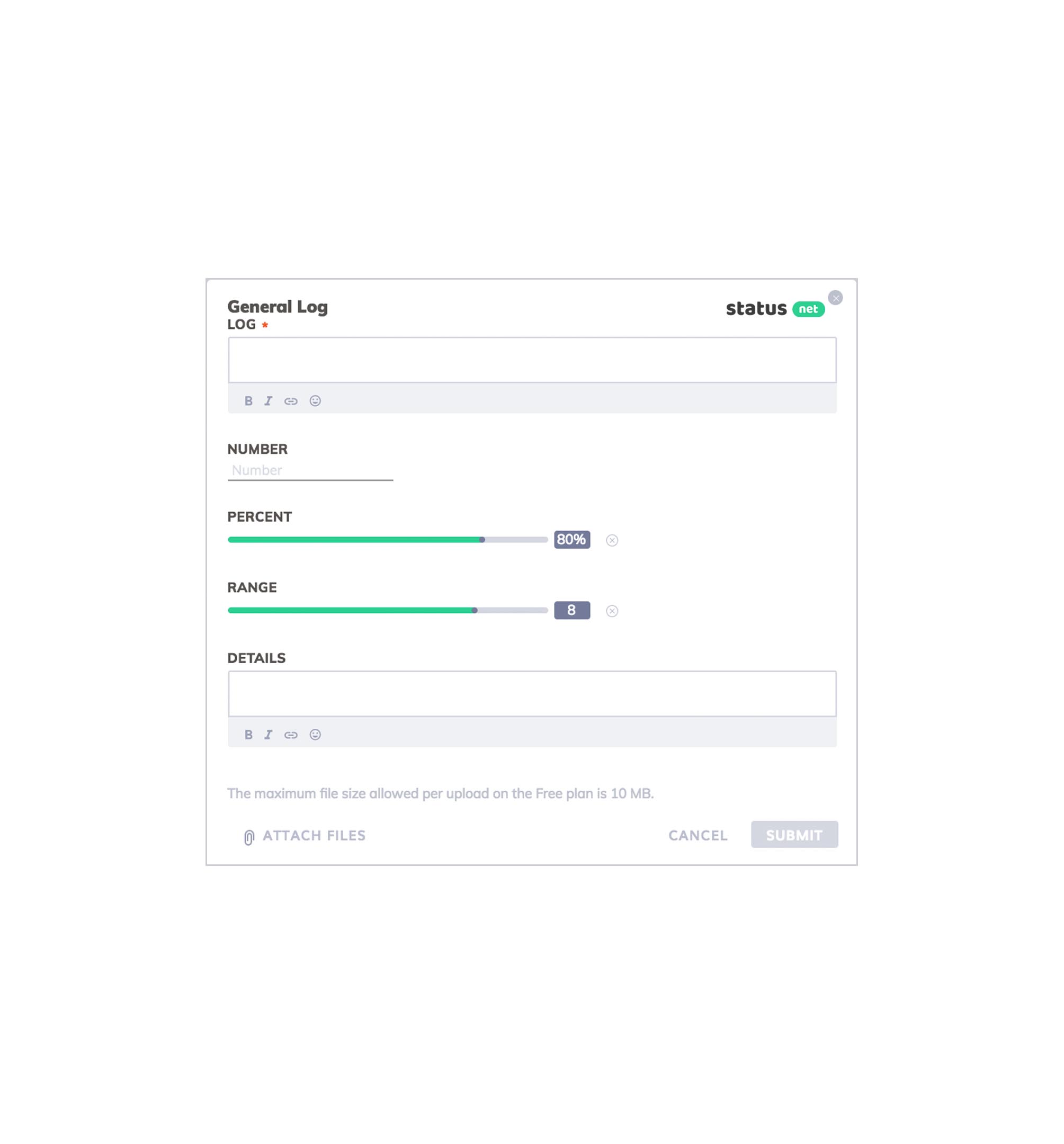
ProsperForms – inventory information management software. Get Started Now
